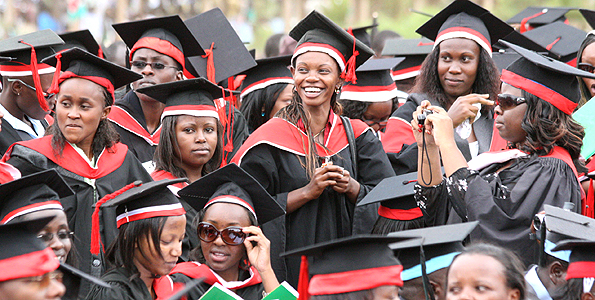In a groundbreaking move, the Kenyan government has announced sweeping reductions in tuition fees for all public universities and their constituent colleges. The revised fee structure, effective from September 1, 2025, aims to ease the financial burden on students and their families who have long struggled with the rising cost of higher education.
According to Higher Education Principal Secretary Beatrice Inyangala, the new structure follows extensive consultations with students, academic institutions, and education stakeholders. The announcement comes just as universities prepare to reopen in September, offering timely relief for thousands of learners who were uncertain about their ability to afford continuing their education.
The most significant reductions will be felt in expensive technical and professional programs. For instance, students pursuing Medicine and Dentistry will now pay between Sh22,371 and Sh75,000 for clinical years, a drastic drop from the previous fees of up to Sh600,000. Pre-clinical courses will cost between Sh12,960 and Sh51,840. Engineering and architecture courses, which previously cost students up to Sh396,000 annually, will now range from Sh14,256 to Sh57,888.
The revised rates come as a lifeline to many, including students like Brian Odhiambo from Siaya, who had contemplated dropping out due to financial constraints. “I almost gave up. My HELB loan wasn’t enough, and my mum couldn’t raise the balance. With the new fee, I can see the light at the end of the tunnel,” Brian said.
The fee overhaul also covers non-technical courses. Humanities and social sciences programs—such as history, religion, literature, and political science—will now cost between Sh5,814 and Sh23,256, down from the previous ceiling of Sh144,000.
Inyangala noted that the reductions would be supported by a robust scholarship and loan system tailored to individual students’ financial needs, ensuring equitable access to education. She urged universities to immediately update their online portals to reflect the new rates and facilitate smooth transitions for students.
The reforms are part of the government’s broader effort to align university education with the country’s development goals. Inyangala emphasized that the Student-Centred Funding Model introduced last year ensures both affordability and institutional sustainability.
This landmark reform places students at the heart of education financing and signals a renewed government commitment to making higher education both accessible and inclusive for all.






